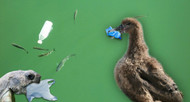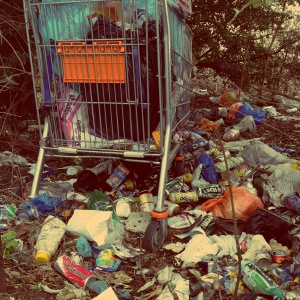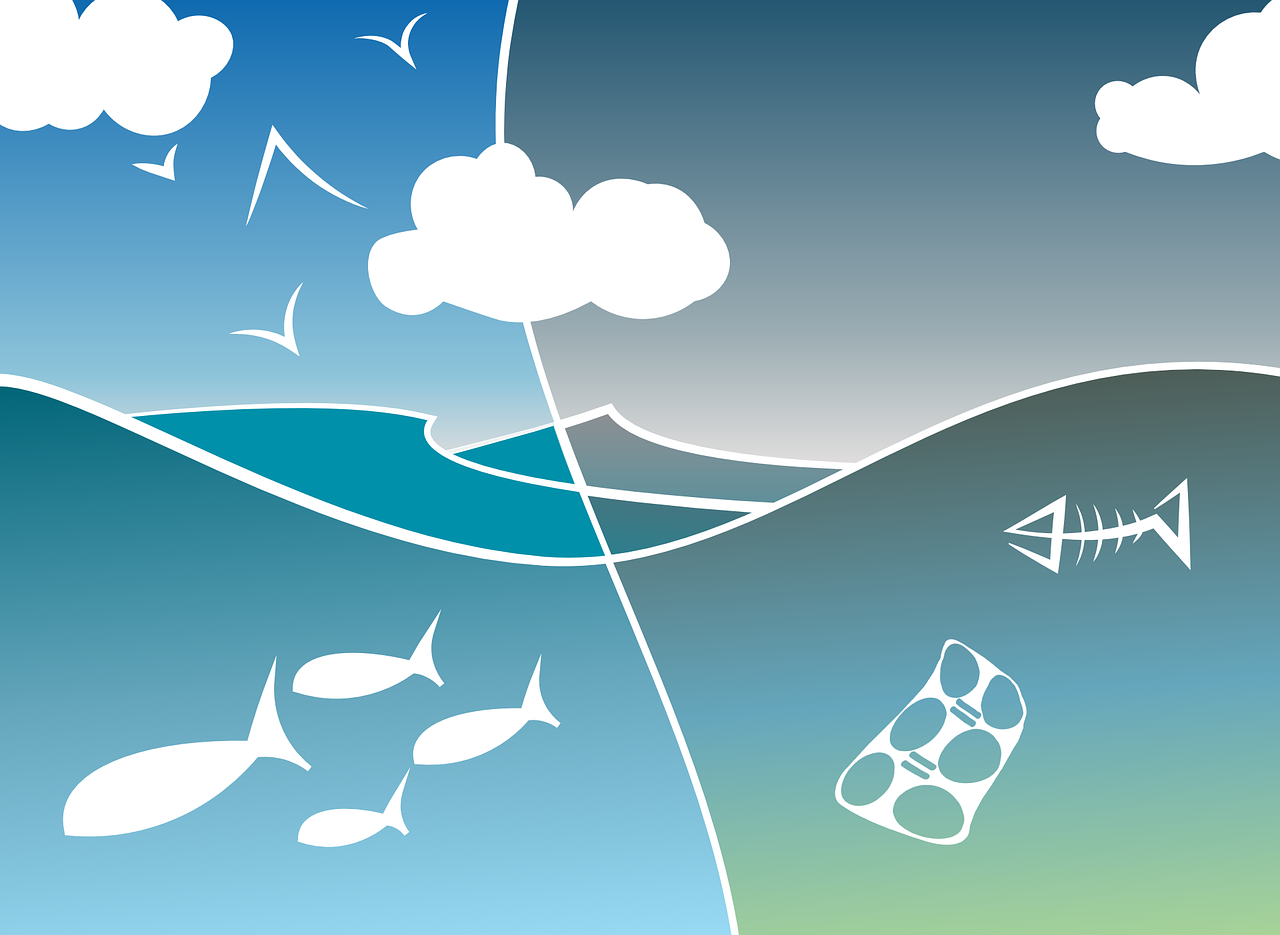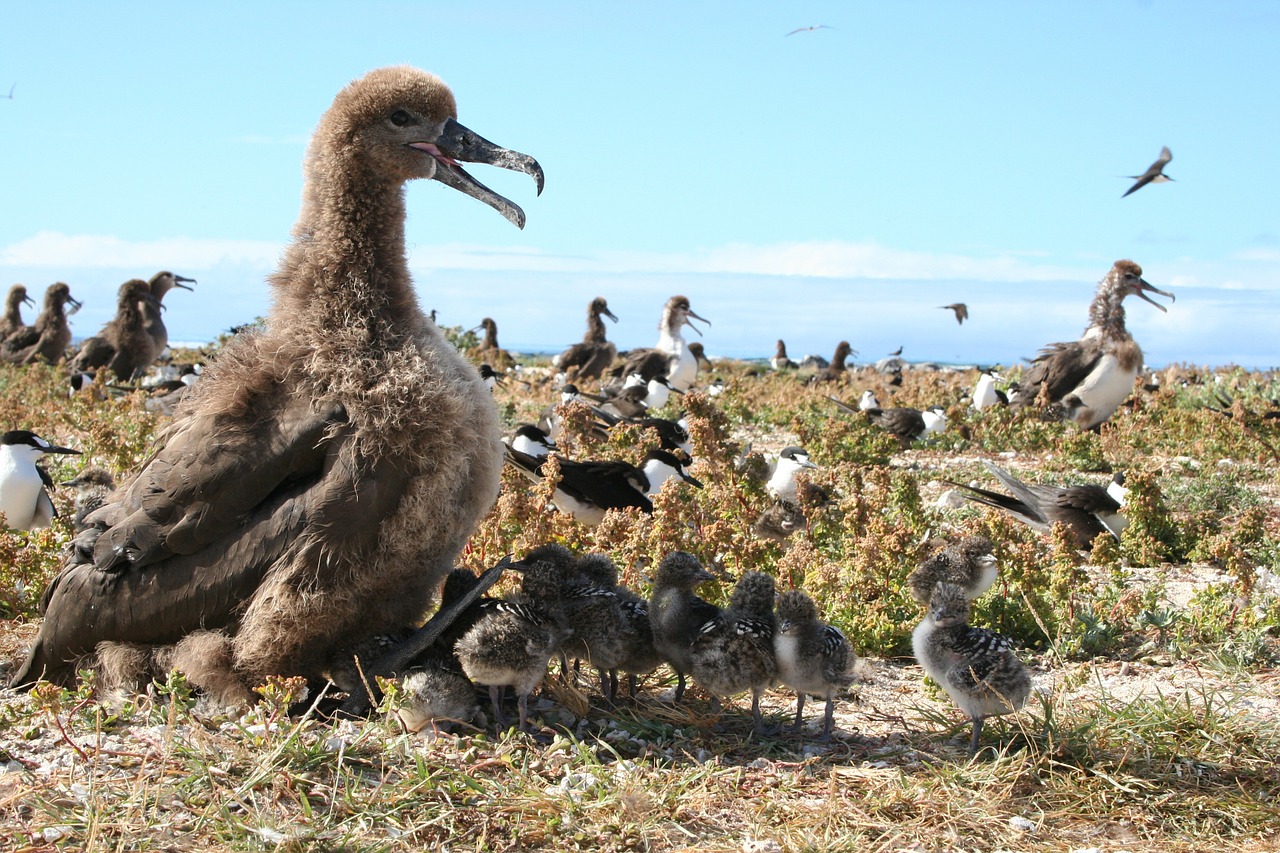Why Do Marine Animals Eat Plastic Debris?
By on Nov 23 2016
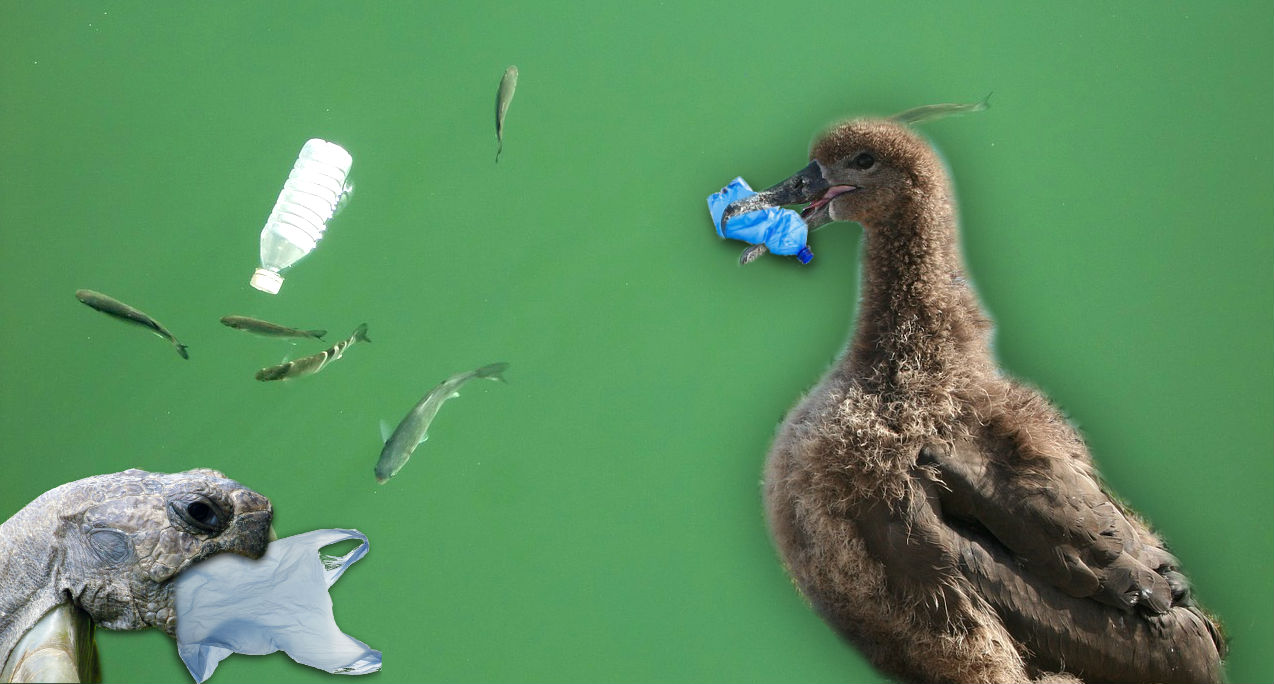
Plastic has become the backbone of this modern age.
This can be seen as both a good thing and a bad thing. Plastics are incredibly useful and are contained, in some way, in most of our consumer products: bottles and containers, candy, electronics, —dog toys, plates and utensils, bags, —toys, car parts, contact lenses ...the list goes on and on.
Plastic really becomes problematic when it becomes —garbage. —
Americans throw away approximately 35 billion plastic bottles each year. Just bottles— that doesn't even account for all the other types of plastic produced and disposed of. Only about 25% of plastic produced in the U.S. is recycled. Globally, the United Nations Environmental Program estimates that between 22% and 43% of plastic used worldwide is disposed of in landfills. That's a lot of plastic going to waste, especially since recycled plastic saves natural resources, saves energy, and just makes sense.
Plastic and the Ocean
When plastic isn't disposed of properly, one of the common places such debris ends up is the ocean. There are obviously numerous reasons as to why plastic and the oceans aren't a good combination, and one of those reasons has to do with plastic ingestion.
It isn't a new discovery that some animals have been known to consume plastic, especially those that live in and around bodies of water. And depending on the animal and the form of its gullet, its stomach, and the way that it functions, the indigestible pieces cannot always be excreted— leading to some serious negative effects on the animals in question.
But what really hasn't been known until now is why.
Why do so many marine animals mistake plastic for food?
The short answer? It smells like food.
Scientists have long recognized that to animals, plastic could be mistaken for food based on its looks. But is it really enough that a piece of plastic bag floating in the ocean looks like a jelly fish enough to confuse a sea turtle to eat it?
A study recently published in Scientific Advances has found that plastic trash (seasoned by the ocean) emits a signature that mirrors the smell of something appetizing for these animal (in the case of the study, sea birds).
This new study doesn't negate the theory that plastic looks like food. According to Matthew Savoca, lead author of the study:
This does not disprove that plastic might look enticing . . . Often, it's the smell that gets animals foraging in the area and turns their feeding mode on. It adds another layer on top of it. It is far more likely that a seabird will eat it if it looked and smelled like food.
Part of the experiment involved the researchers putting high-density polyethylene (HDPE), low-density polyethylene (LDPE), and polypropylene (PP) plastic beads (enclosed in mesh bags) into the ocean for 3 weeks. When the plastic debris were later examined in a chemical analyzer, Savoca and the other researchers found that the trash emitted a compound called dimethyl sulfide (DMS). This compound wasn't present on —virgin " plastic.
DMS is one of the key chemical signals given off by algae and marine phytoplankton as it's eaten by zooplankton (such as krill). Zooplankton are a staple to many seabirds' diets. Besides demonstrating that plastic does produce DMS when exposed to a marine environment, the study further demonstrated that there is a "positive relationship between DMS responsiveness and plastic ingestion frequency using procellariiform seabirds as a model taxonomic group."
The results from this study suggest, then, that plastic debris emit a marine infochemical scent and create an "olfactory trap" for susceptible marine wildlife (such as seabirds).
During the course of the study, they discovered that 3 of the most common types of plastics acquired a "DMS signature." It was also discovered that the —birds most attracted to the DMS odor are albatrosses, petrels, and shearwaters--these birds are also the most severely affected by plastic consumption.
Researchers still aren't sure why —plastic waste emits such a strong —DMS signature, although they speculate that it —could have something to do with algae.
In any case, animals eating plastic debris is a serious environmental issue--and now that we have a better understanding of why, hopefully we can collectively use that knowledge to counteract the problem. One important step —has to be eliminating plastic waste from the oceans, period. And one of the best ways to do that is to recycle more plastic and reduce its presence in landfills.
Read the study here.
Sources:
http://www.popsci.com/appetizing-smells-from-plastic-pollution-in-ocean-leave-seabirds-flocking-to-dangerous-buffet
http://news.nationalgeographic.com/2016/11/animals-eat-ocean-plastic-because-of-smell-dms-algae-seabirds-fish/
http://www.plasticgarbageproject.org/en/plastic-garbage/problems/effects-on-the-animal-world/
http://www.worldwatch.org/global-plastic-production-rises-recycling-lags-0


